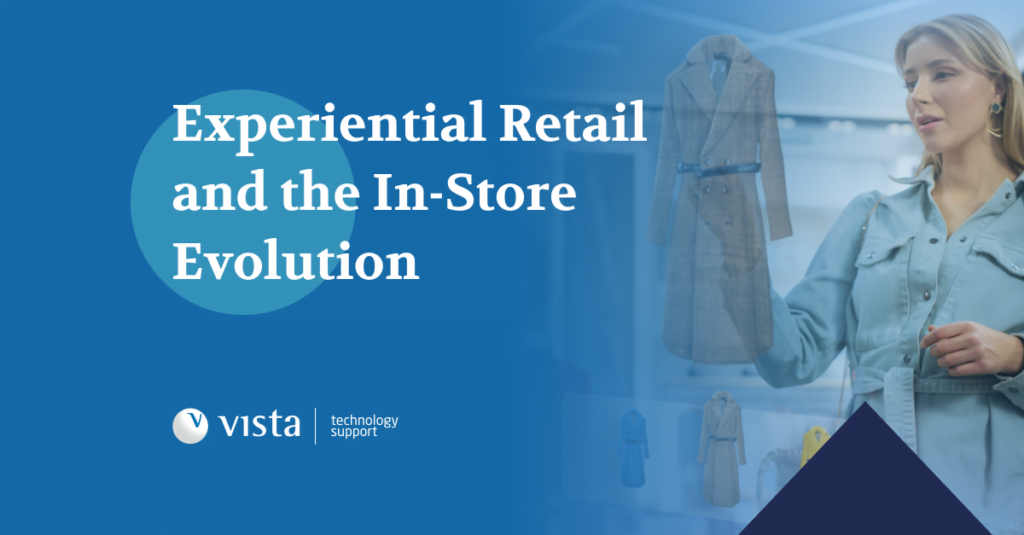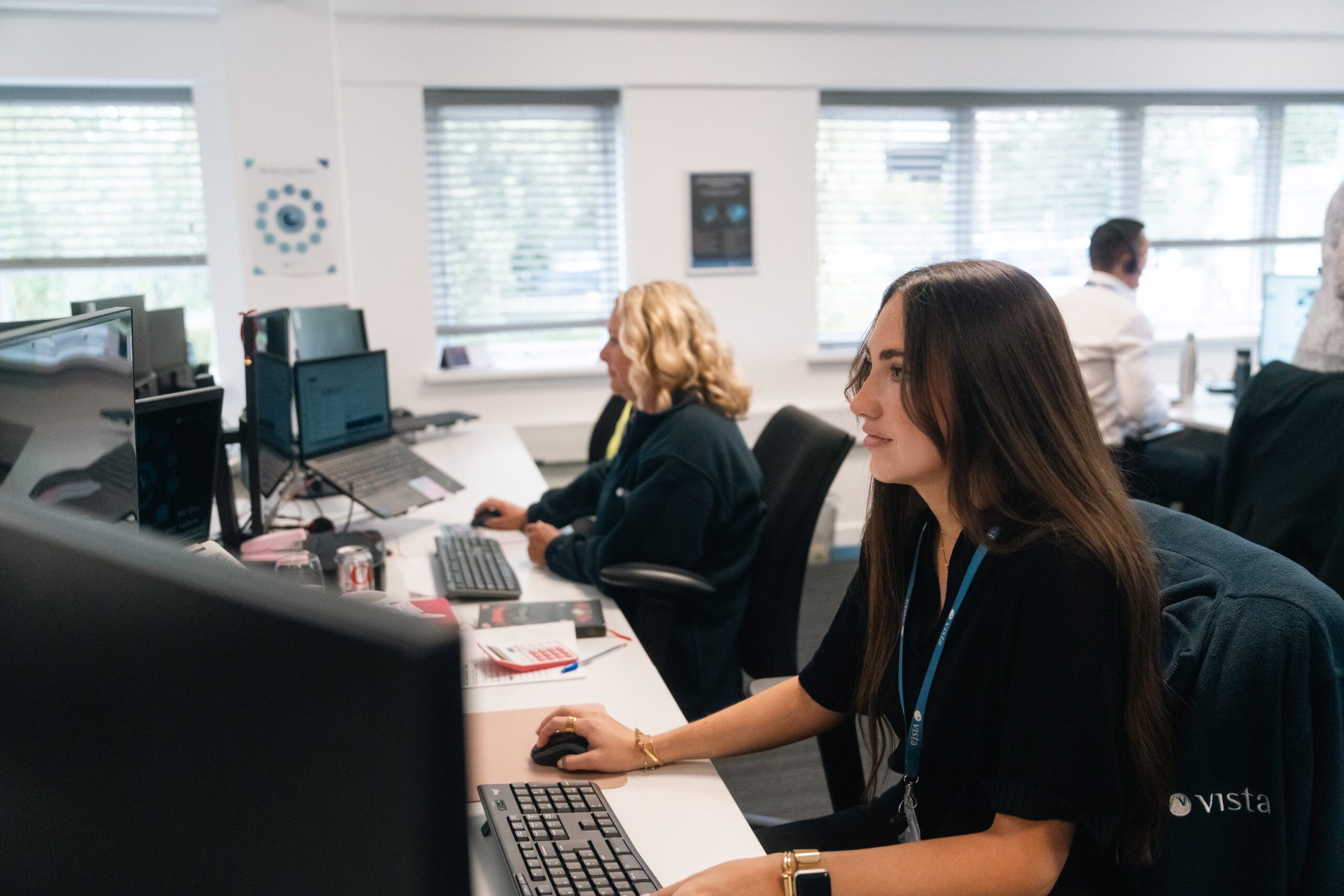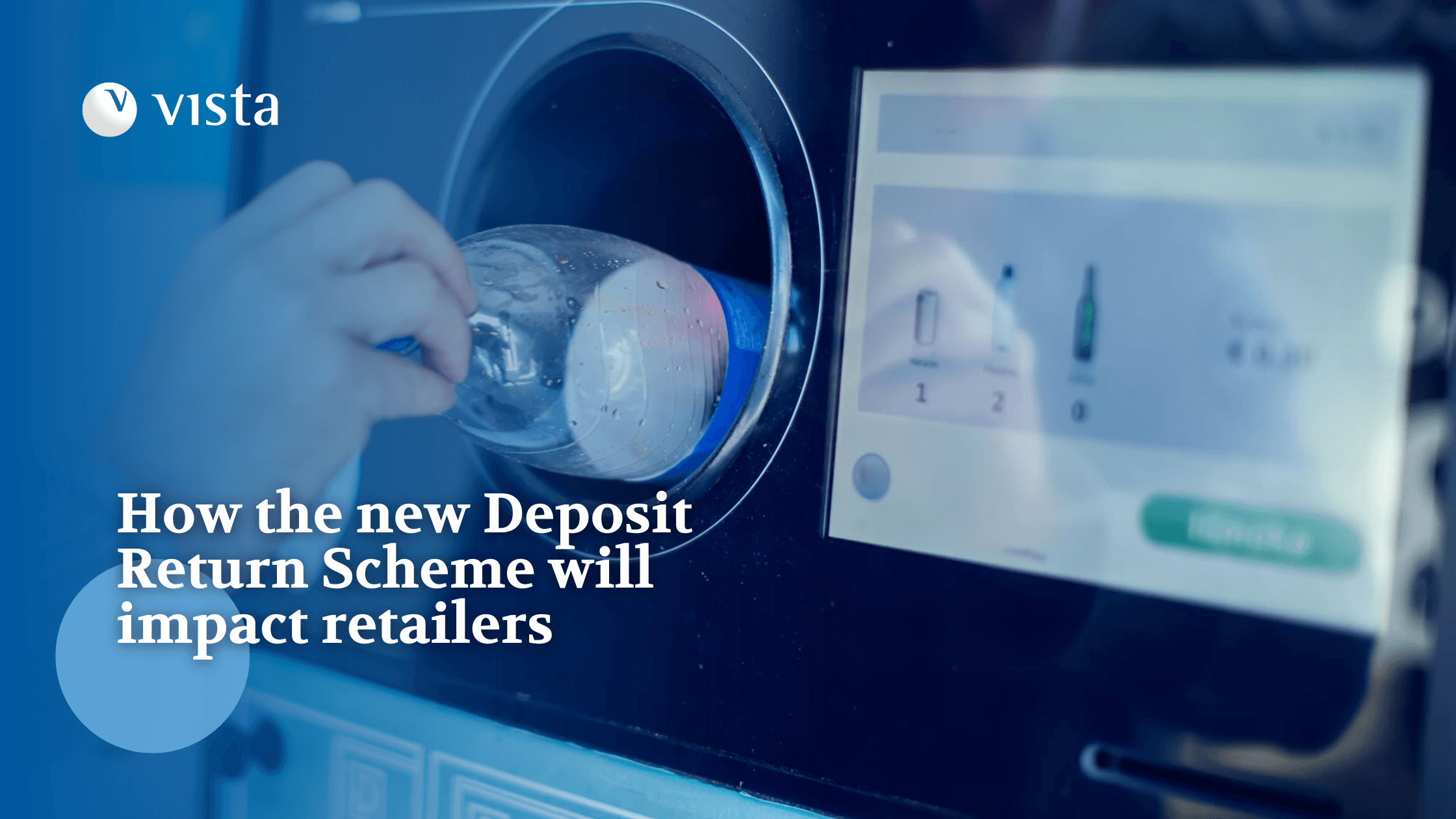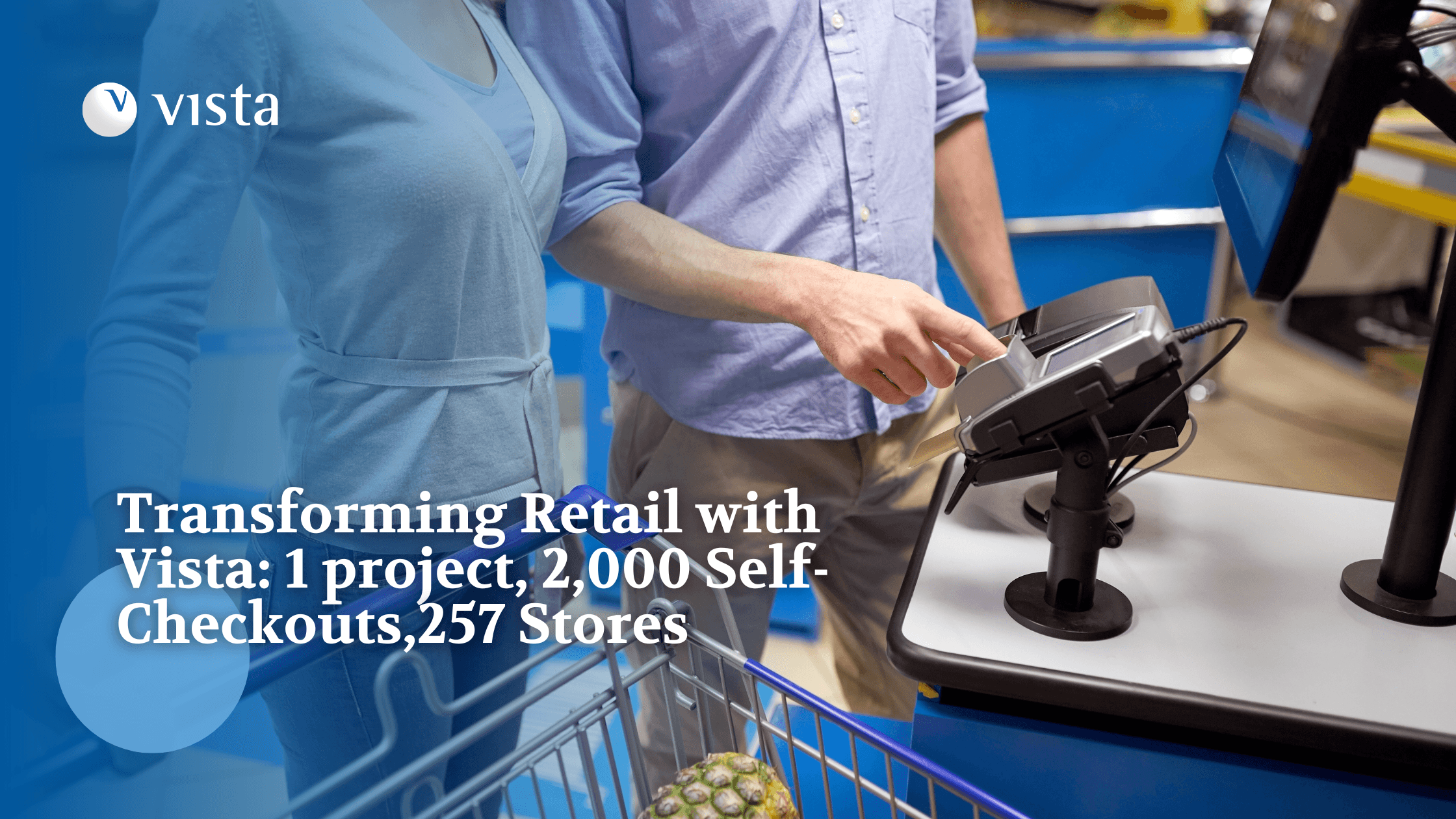
In a post-pandemic world where digitalisation seems to encourage a future of streamlined purchasing, a fascinating juxtaposition is on the rise, with customers still desiring the in-store experience. So, what can brands do to capitalise on the customers’ need for human interactions, and what does the data say about the ever evolving in-store experience?
All brands recognise the importance of investing in the customer experience. Our obsession with advancing technology and continued search for perfecting the consumer purchasing journey, has seen multiple iterations that place further control in the consumers’ hands
Digitalisation is a process we’ll have to find comfort with as the next interaction comes in the form of AI, and the potential of robots doing the actual shopping for you. But before we go full avatar mode, there’s something brands and markets need to accept – we, the consumer, still want that human moment of walking into the stores and experiencing the occasion of what that entails.
The Excitement of In-Store
According to Dojo’s 2022 marketing report exploring the experience of the marketing economy, memorable experiences make up a 3rd of what UK customers are searching for in their buying activities. The report indicated that to ensure this, customers were prepared to spend an extra 28%. This is value added on a cognitive level because of the physical action involved, which in the long run creates greater brand equity.
Experiential retail plays a strong part in this customer experience. Helena Young’s article in Startups alludes to the connection between the incentives offered that are beyond the purchase which includes the smallest experiences such as free edibles promoting the latest products. For the more elaborate – ASOS used augmented reality to promote positive body image by showing what outfits look like across different body types.
Augmented Reality looks set to play a big role in the future of the in-store experience and Jose Neves, the founder of retail brand Farfetch, is going all in with this advancing technology. According to a recent article in British Vogue he believes AR is the future of retail by being the link to the online and offline world.
One of the many exciting outlooks with AR is the ability to introduce multi-sensory experiences. Forbes gives two great examples in a recent article – Dalmore Whisky partnered with the One Aldwych hotel in London, offering a virtual visit to the distillery in Scotland to see the process of making the whisky while simultaneously enjoying a glass. Footlocker used their app to create a scavenger hunt in Los Angeles to guide sneakerheads to limited edition Lebron 16 King court shoes.
The Data Supports the Experience
Outside of creating a strong product or service, connecting with shoppers is a brand’s highest priority, so creating the best experience is a reality each business needs to invest in. There’s strong data to support brands investing in unique customer experiences – 91% of shoppers reported a positive association with a brand after attending an experiential event, according to an article in Adobe Business. Buying promoted products increases by 74% after an experience.
A recent Shopify article cited which retail trends to watch out for in 2024, painting the picture of customer expectation with 71% of people looking for companies to deliver personalised interactions. Such insights provide a unique opportunity for brands looking to influence foot traffic and use existing trends to increase interactions.
Technology in the retail setting plays a massive role as it collects the data to inform trends. There’s opportunity to introduce more entertainment within the customer in-store journey, as brands can collect relevant information that indicate what consumers are paying most attention to. Stores that are data-driven optimise their capabilities to manage employees and inventory can then be leveraged for more efficient operations. The bridge is also connected to the omni-channel experience, which becomes an asset for continued purchasing down the line.
Thriving with the Human Connection
The evidence continues to suggest human interaction is still very high on the agenda for customers. Adding a unique, sometimes personalised experience during the purchasing journey further enhances the customers’ enjoyment and positive association for the brand. From employee/customer conversations that provide brand insights and customer care, to AR experiences that create lasting memories that reinforce positive cognitions, brands should be excited about where technology is heading, and the customers’ willingness for the interaction.
As in-store technology plays a significant role in informing brands of which trends to follow, along with data-driven insights into where value has been added during the customer experience, the installation and ongoing support of this technology becomes critical to the success of the store.
To see how Vista can ensure your colleagues continue receiving the best in store IT support experience possible, get in touch with one of our Business Development Managers: sales@vistasupport.com OR 0330 135 5795.


